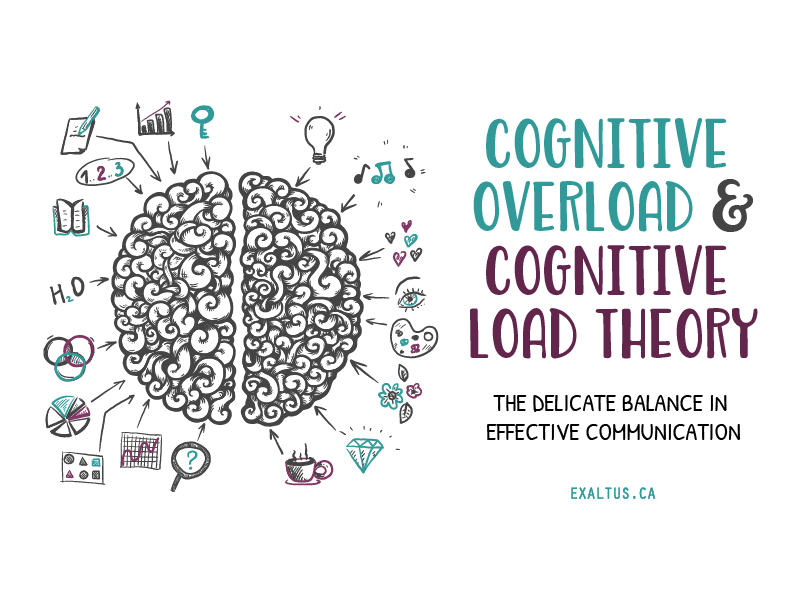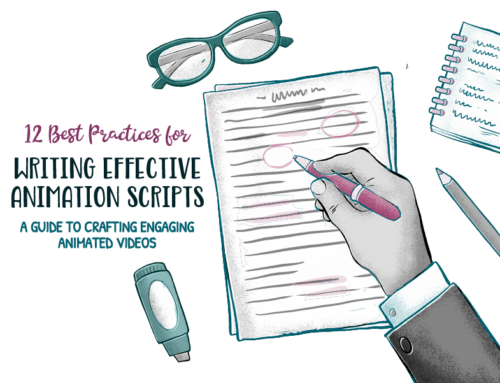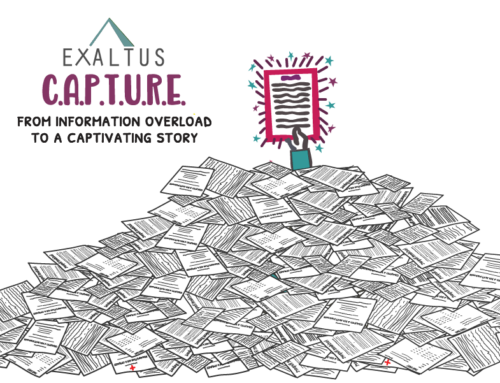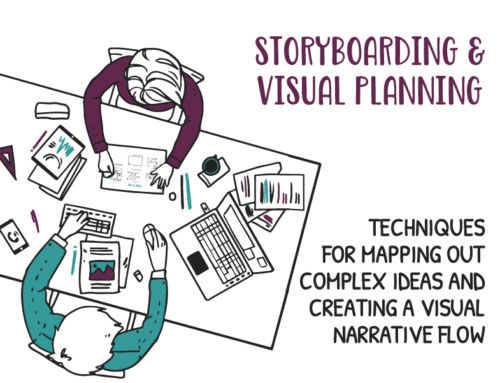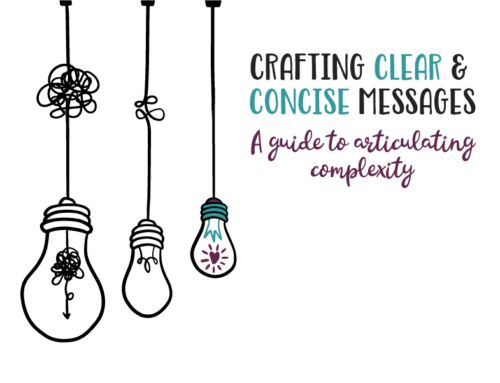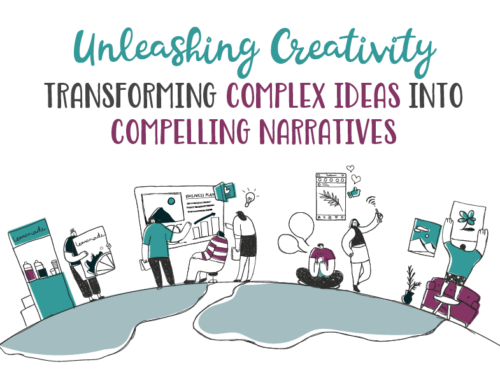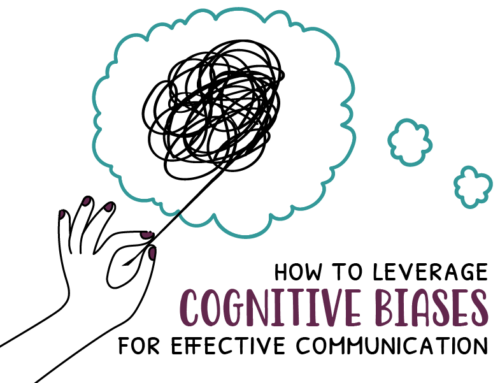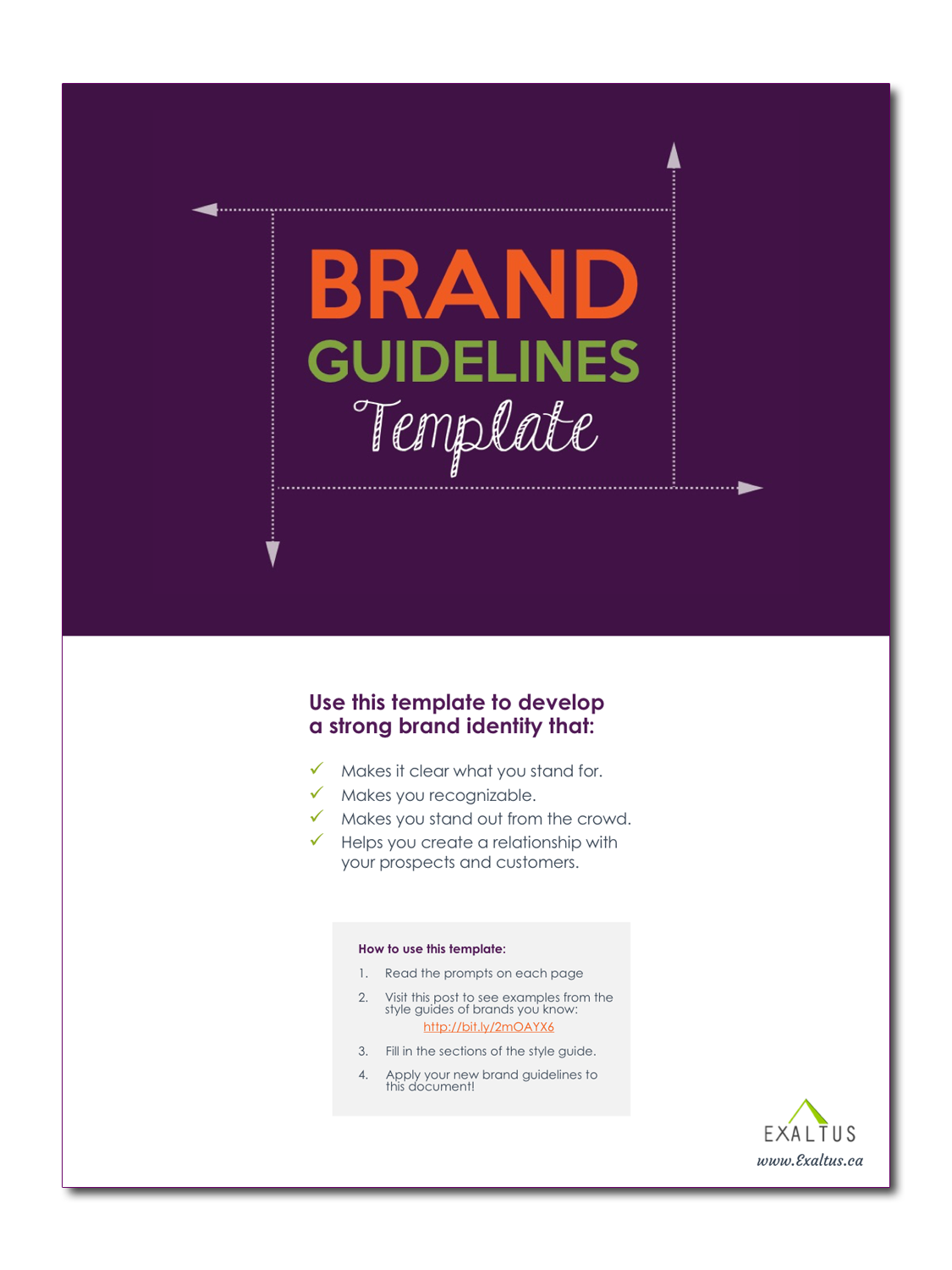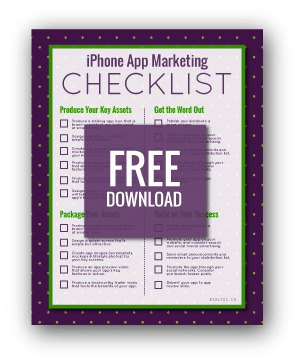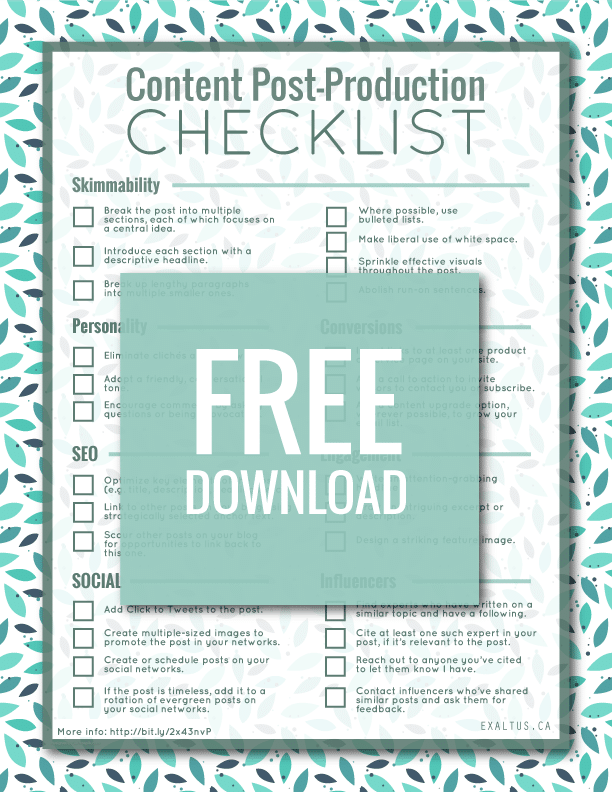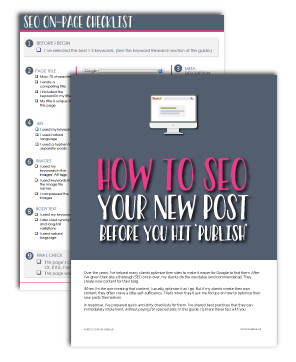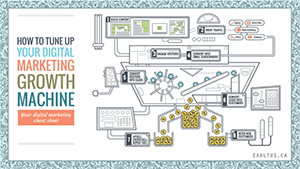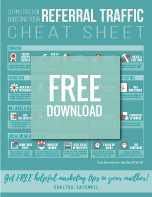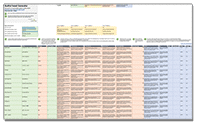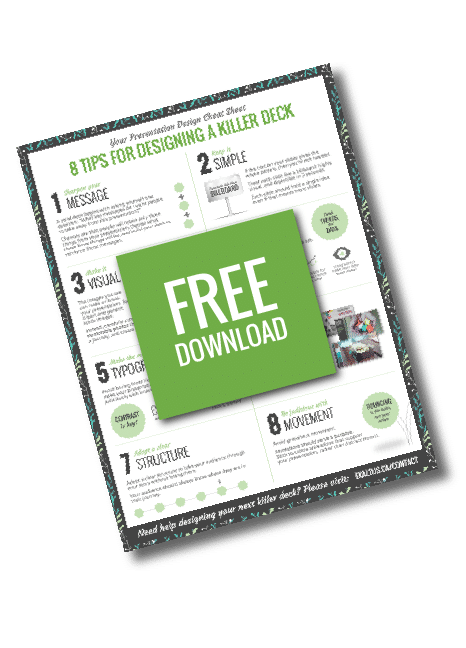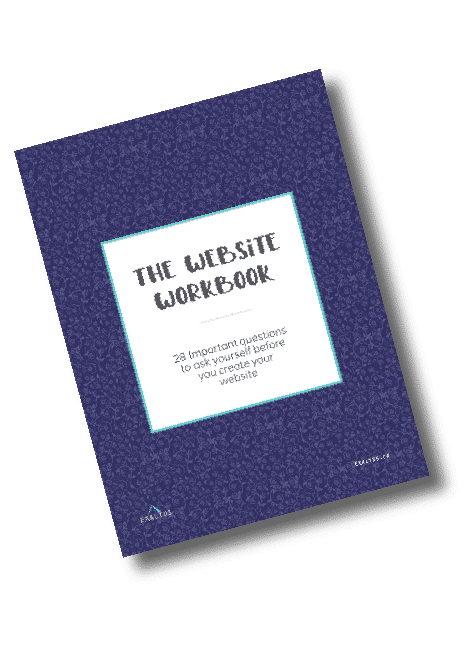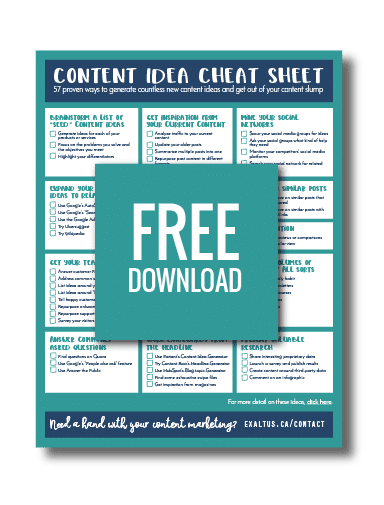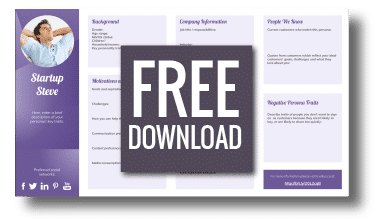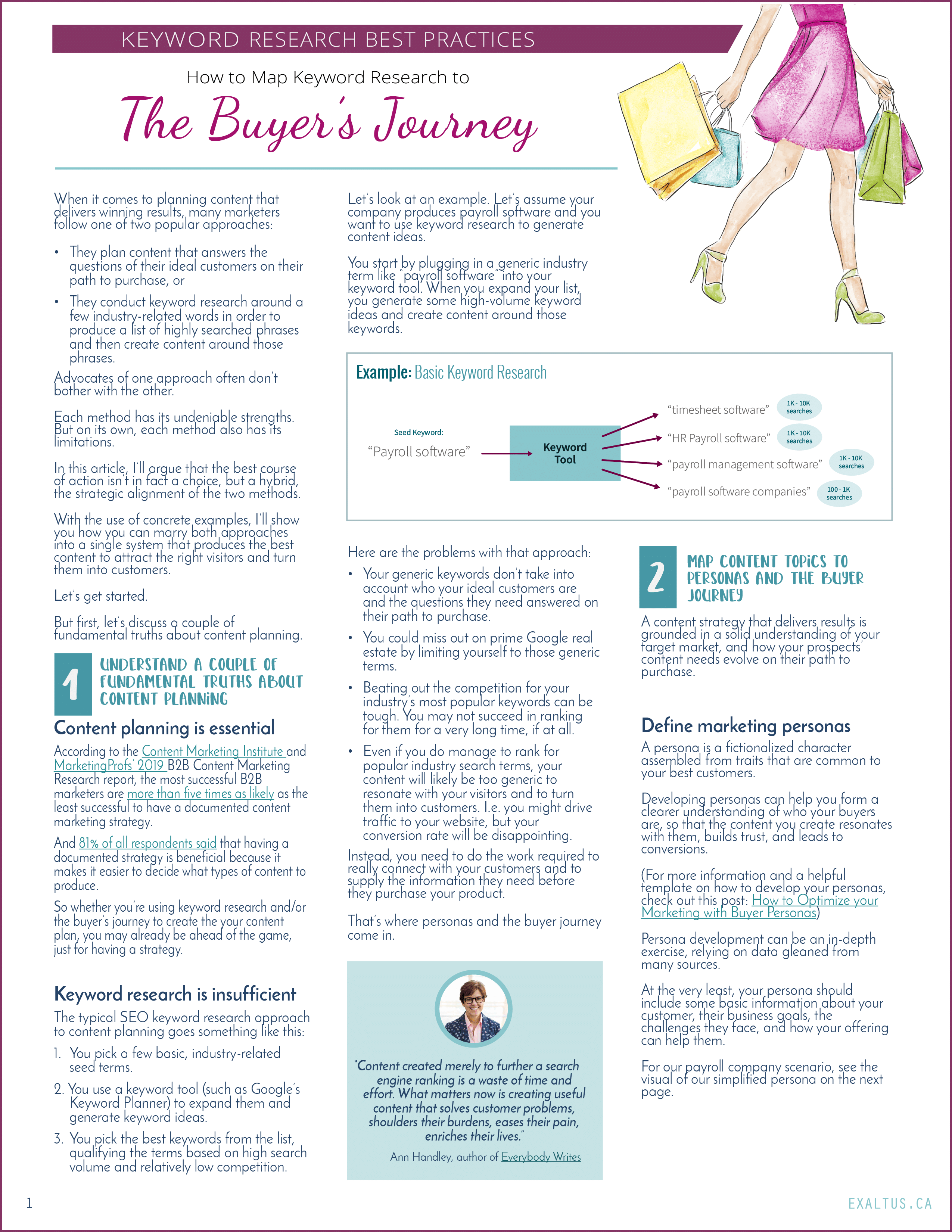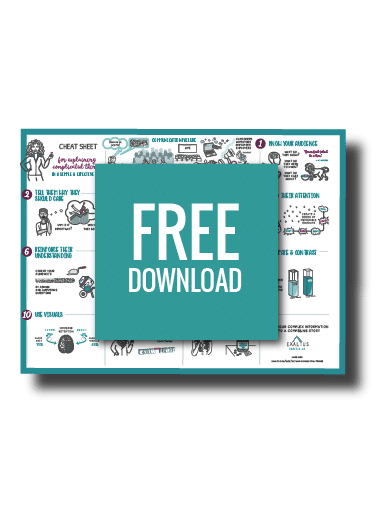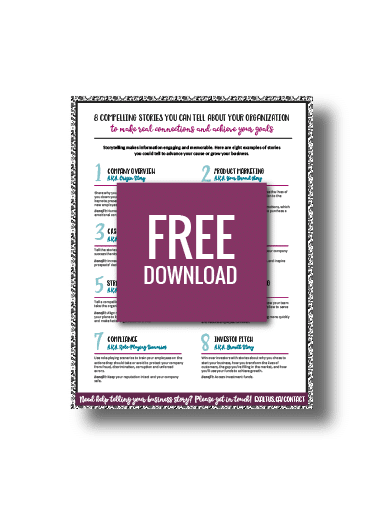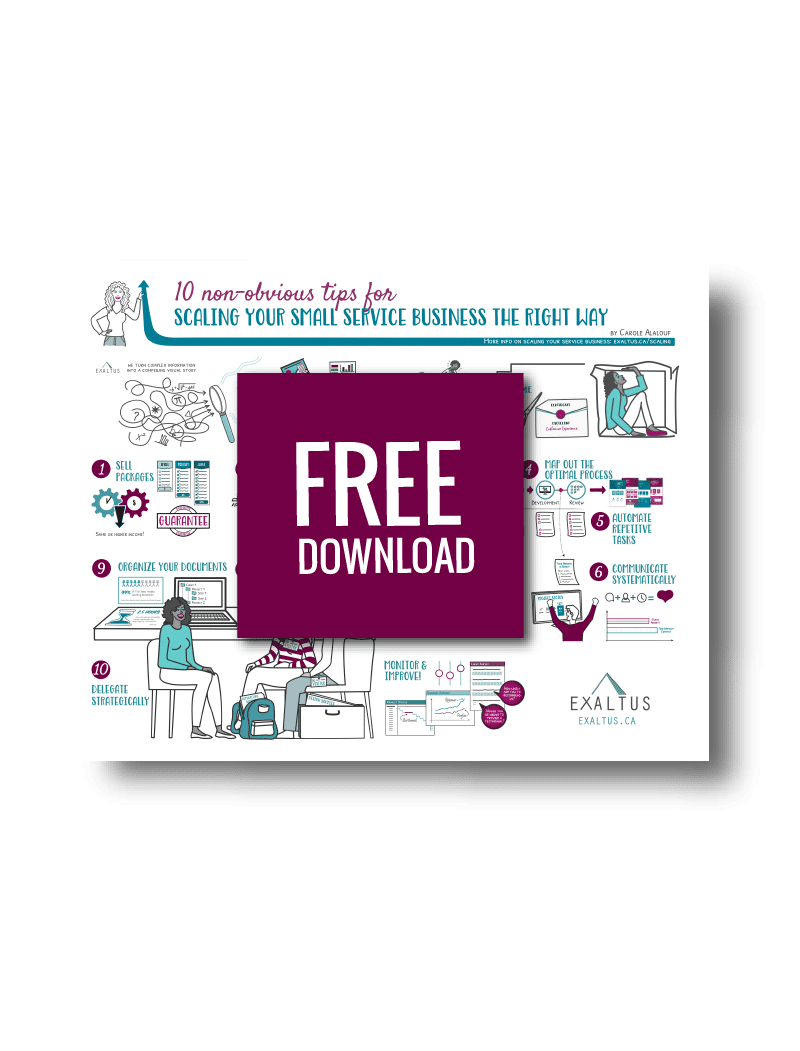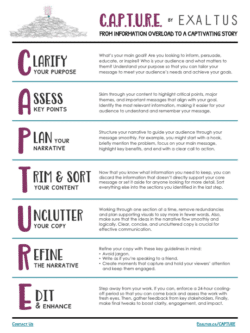Are your messages getting lost in the noise? In our fast-paced world, we’re all fighting to be heard—but cognitive overload could be the reason your audience tunes out before they even engage.
Our brains are constantly bombarded with data, stimuli, and information, often leading to cognitive overload—a phenomenon that can severely impair learning and engagement.
If you want your audience to not just hear but act on your message, mastering Cognitive Load Theory is essential. By applying these principles, you’ll simplify your communication and significantly increase engagement and retention.
The Weight of Information: What is Cognitive Load?
The concept of Cognitive Load pertains to the mental energy expended to acquire new knowledge or execute tasks.
Think of your cognitive system as a scale: when overloaded, it compromises the efficiency of learning and focus. Cognitive overload stretches our mental capacity to the breaking point, leaving us overwhelmed and unable to grasp or retain essential information.
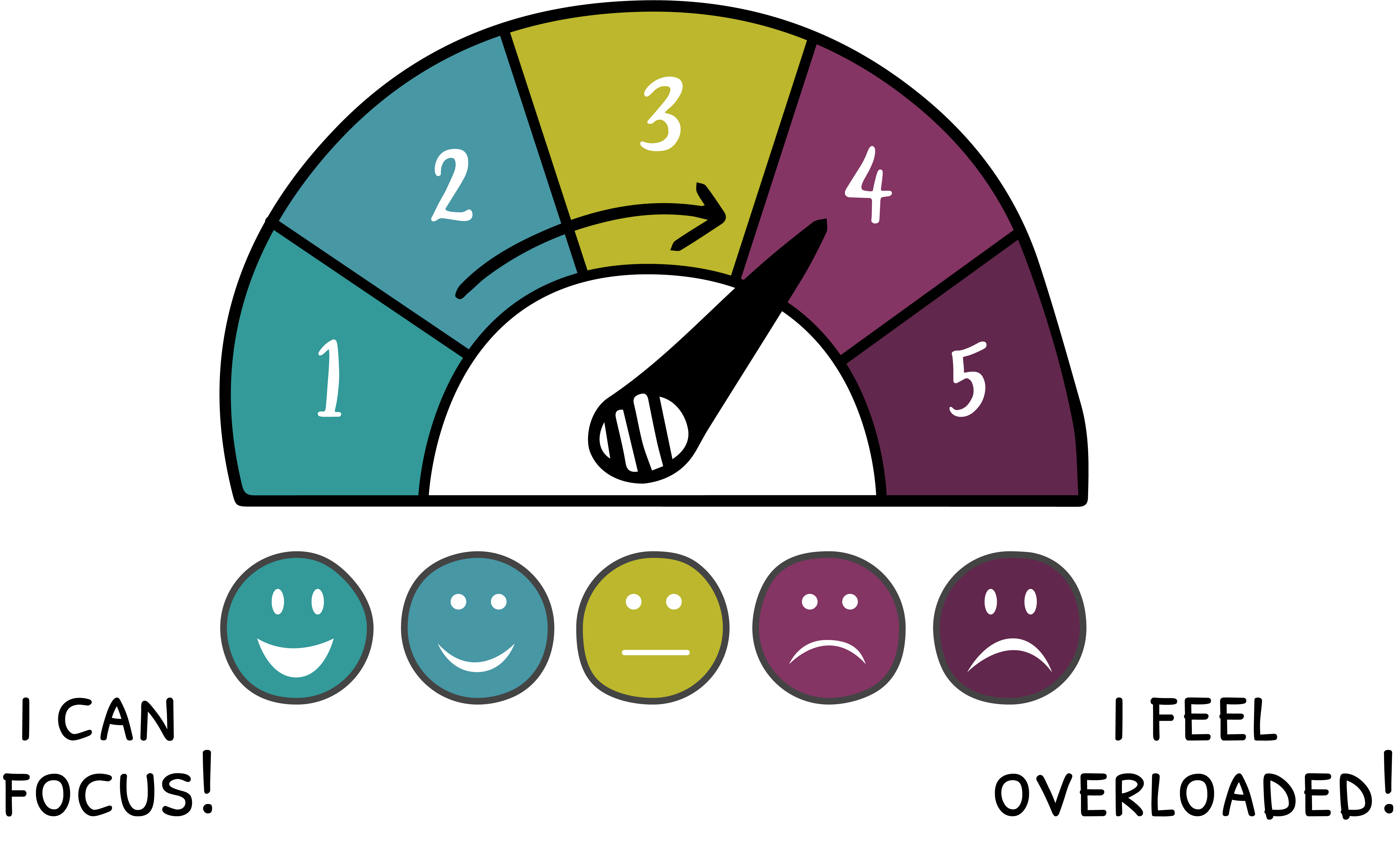
Striking a Balance: A Key to Effective Communication
How do you communicate a complex scientific theory, a detailed project update, or a multi-faceted storyline without overwhelming your audience?
Whether the setting is an academic classroom, a corporate boardroom, or one of our whiteboard videos, the key to engagement lies in balancing the cognitive load.
The Trinity of Cognitive Load: Intrinsic, Extraneous, and Germane
Intrinsic cognitive load
Intrinsic cognitive load is the complexity inherently associated with the subject matter. It’s the reason why quantum physics seems harder to grasp than, say, a basic arithmetic equation. Intrinsic load varies from subject to subject and is difficult to alter.
Extraneous cognitive load
Extraneous load refers to the mental effort spent on non-essential tasks or elements that don’t contribute to learning. For example, a cluttered PowerPoint slide full of unnecessary graphical elements can increase this type of load, making it harder for the audience to focus on the key message.
Germane cognitive load
Finally, germane load is the cognitive effort used for constructing and automating schemas—mental structures that help us understand the world. In an ideal communication scenario, one would aim to maximize germane load to facilitate deeper understanding and retention.
Ready to elevate your communication and see immediate results?
Let our award-winning storytellers transform your message into a powerful tool for action.
Techniques for Reducing Cognitive Load
Chunking information
Dividing information into smaller, digestible units or “chunks” aids in cognitive processing and retention.
This technique becomes particularly effective in visual platforms, where visual cues can guide the learning process.
For example, whiteboard animations often employ chunking to make complex topics manageable as the drawing hand calls us to focus on one chunk of information at a time.
Streamlining design
Simplicity in design can go a long way in reducing extraneous cognitive load. Avoid over-cluttering with unnecessary visual or auditory elements. This is why a cluttered slide filled with bullets is rarely as effective as a more minimalist slide that highlights your core idea.
Prioritizing information
An effective communicator needs to establish an information hierarchy. Highlighting the most critical points ensures that the audience’s limited cognitive resources are directed towards what truly matters.
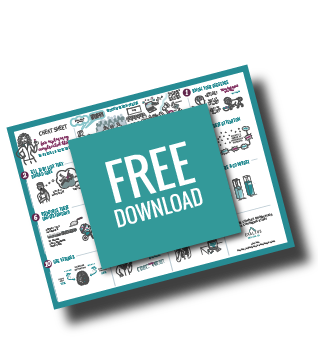
Learn to explain complicated things in a simple way
Find out how to explain complicated things in a simple way that attracts and holds attention, builds trust, engages your audience, and moves them to act.
Case in Point: Balancing Cognitive Load with Whiteboard Animation
Whiteboard animations are an effective communication tool, partly because they naturally align with Cognitive Load Theory.
Simplifying complexity
By utilizing both auditory and visual communication elements, whiteboard animations have the unique ability to simplify complex topics, thereby reducing intrinsic load.
Focused attention
With a singular focus point, such as a drawing or a keyword, whiteboard animations guide viewers’ attention effectively, minimizing extraneous load.
Progressive disclosure
The technique of revealing information gradually can be beneficial in whiteboard animations. This progressive disclosure aids in managing germane cognitive load, making the subject matter easier to absorb and internalize.
The Final Word: Maintaining Balance for Effective Learning and Communication
The balancing act of cognitive load is not just an academic exercise but a practical approach to effective communication and education. Whether you are a teacher, a corporate leader, or a whiteboard animator, applying the principles of Cognitive Load Theory can elevate your communication skills, making your message more accessible, engaging, persuasive, inspiring, and ultimately, more effective.
By understanding and respecting the limits of human cognition, we can create experiences that not only inform but also inspire.
Want to dive deeper into managing cognitive load for better communication? Subscribe to our newsletter for more insights and best practices, applicable across various formats including whiteboard animations. And if you need help telling your own story, get in touch with Exaltus. We’d love to help!

